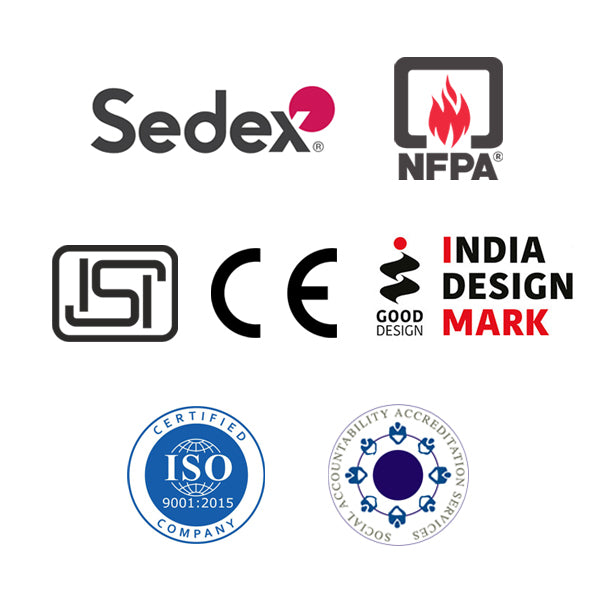C232R
Share
Canadian Gloves
- Natural cow grain Canadian Leather Gloves
- Blue cotton drill back and cotton lining
- Leather knuckle protected cotton drill fabric back
- Rubberized cuff and knuckle reinforcement
Knuckle Protection
Abrasion
Grip
Cuff
Dry Environment
EN 388:2016+A1:2018
Delivery & Services

Easy Return
with our 15 days return poicy
Regular price
Rs. 0
Sale price
Rs. 0
Regular price
Tax included.
Shipping calculated at checkout.
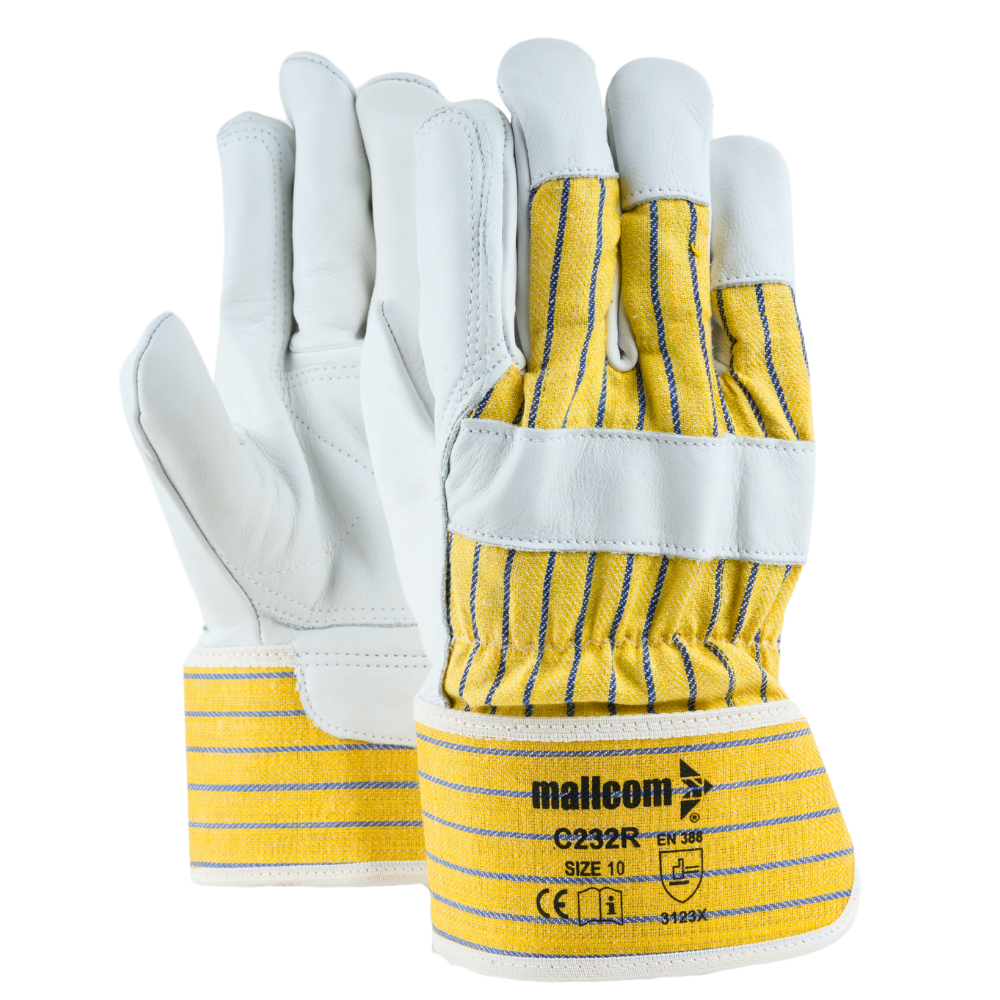
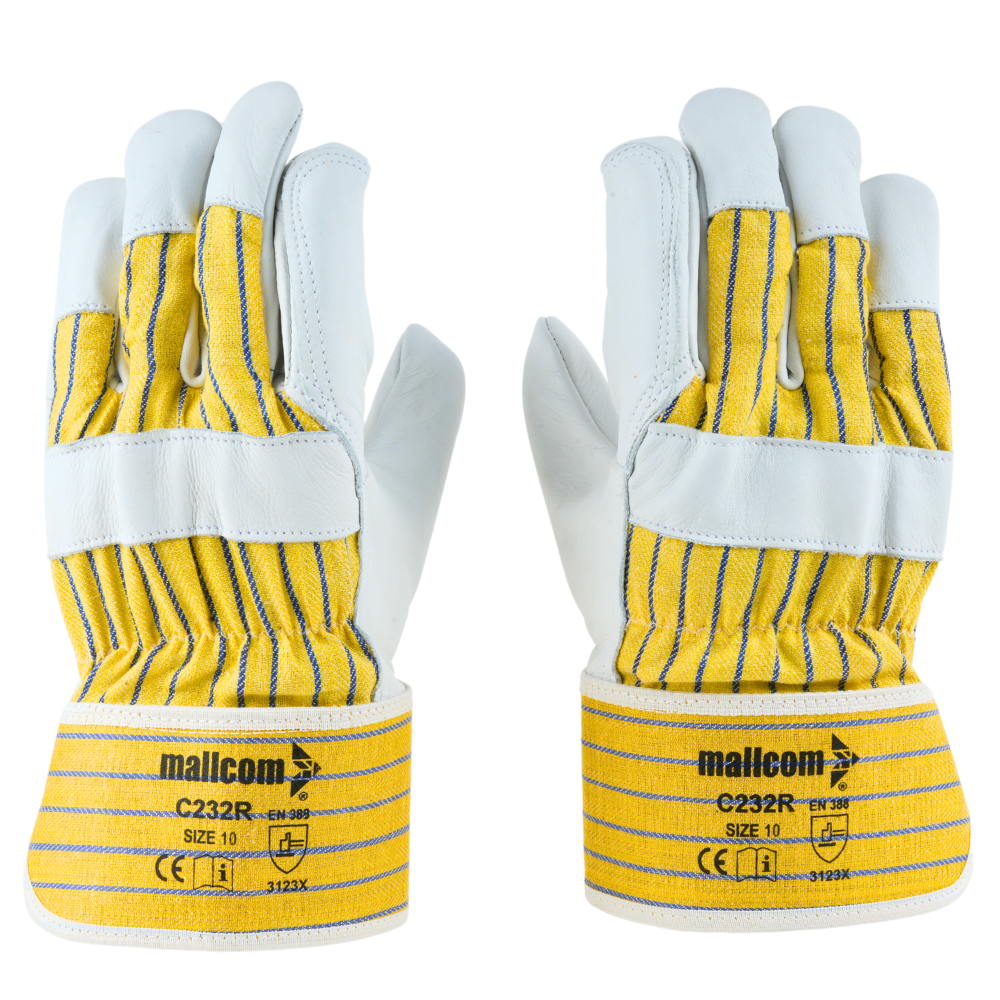
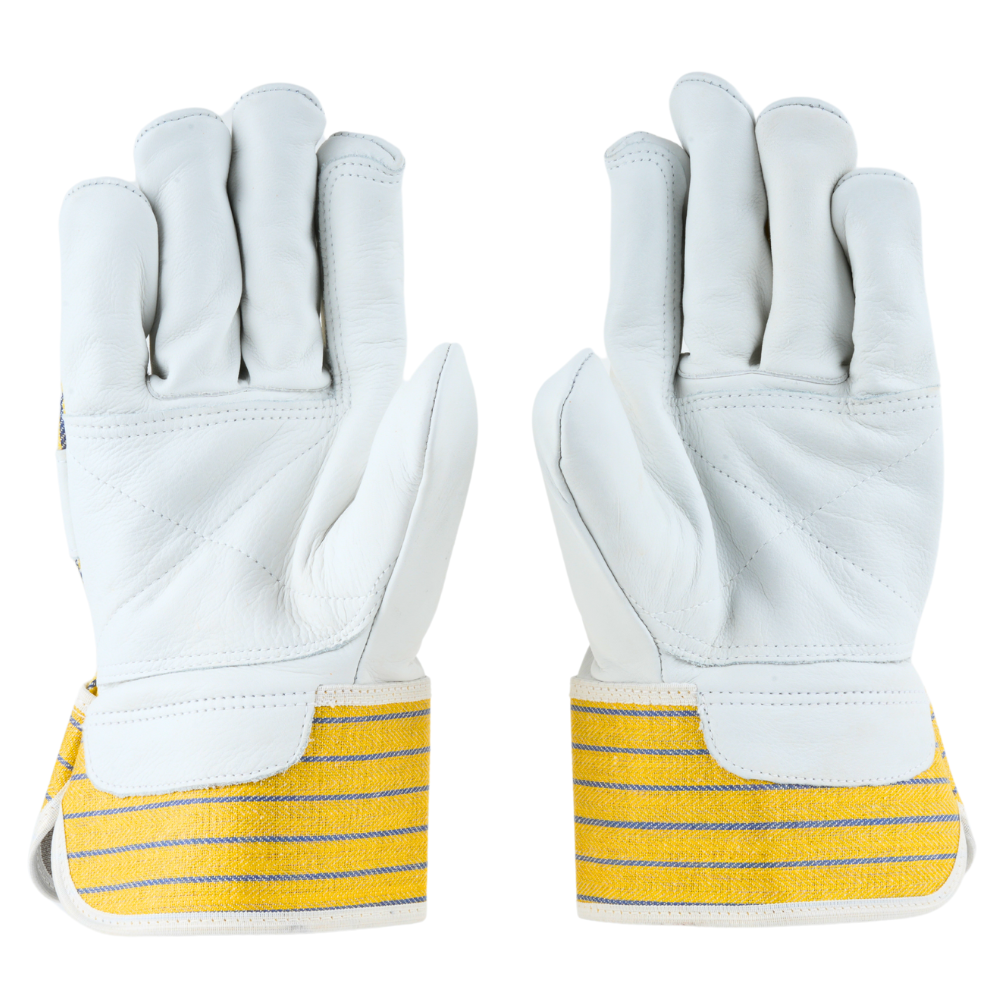
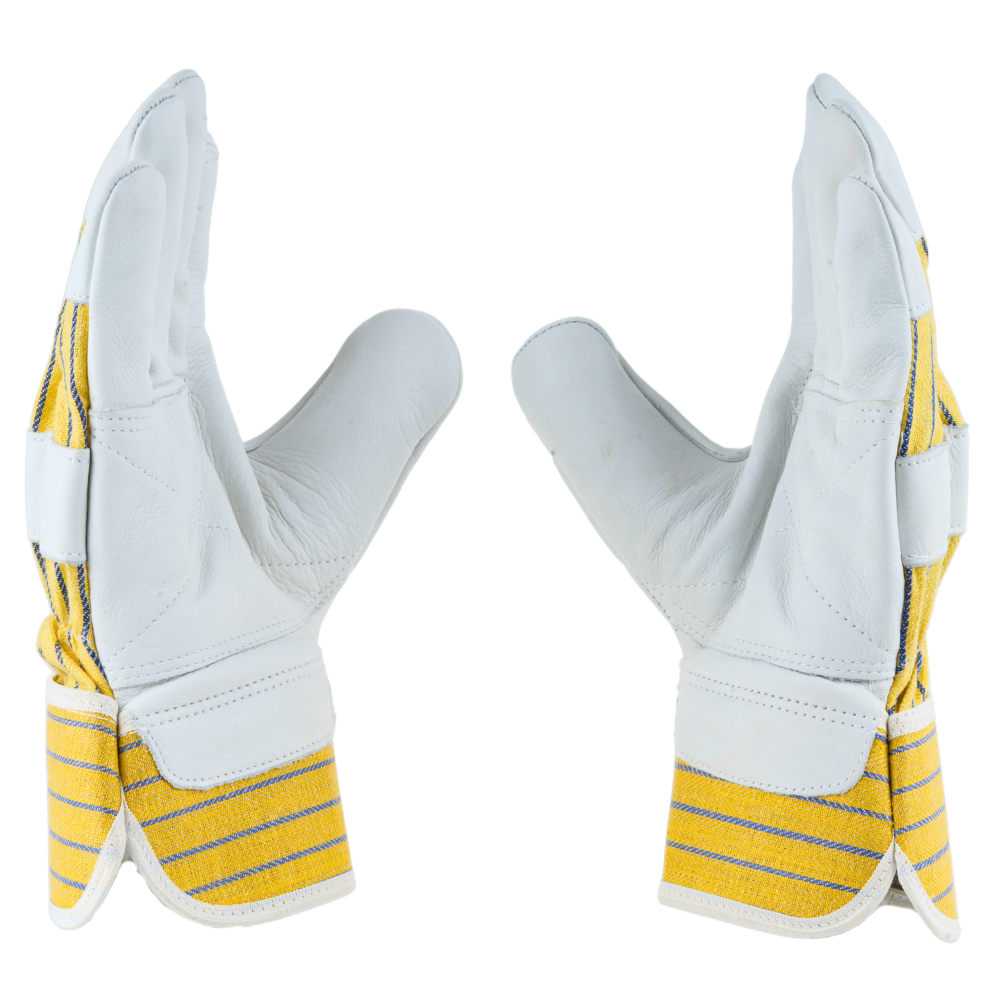
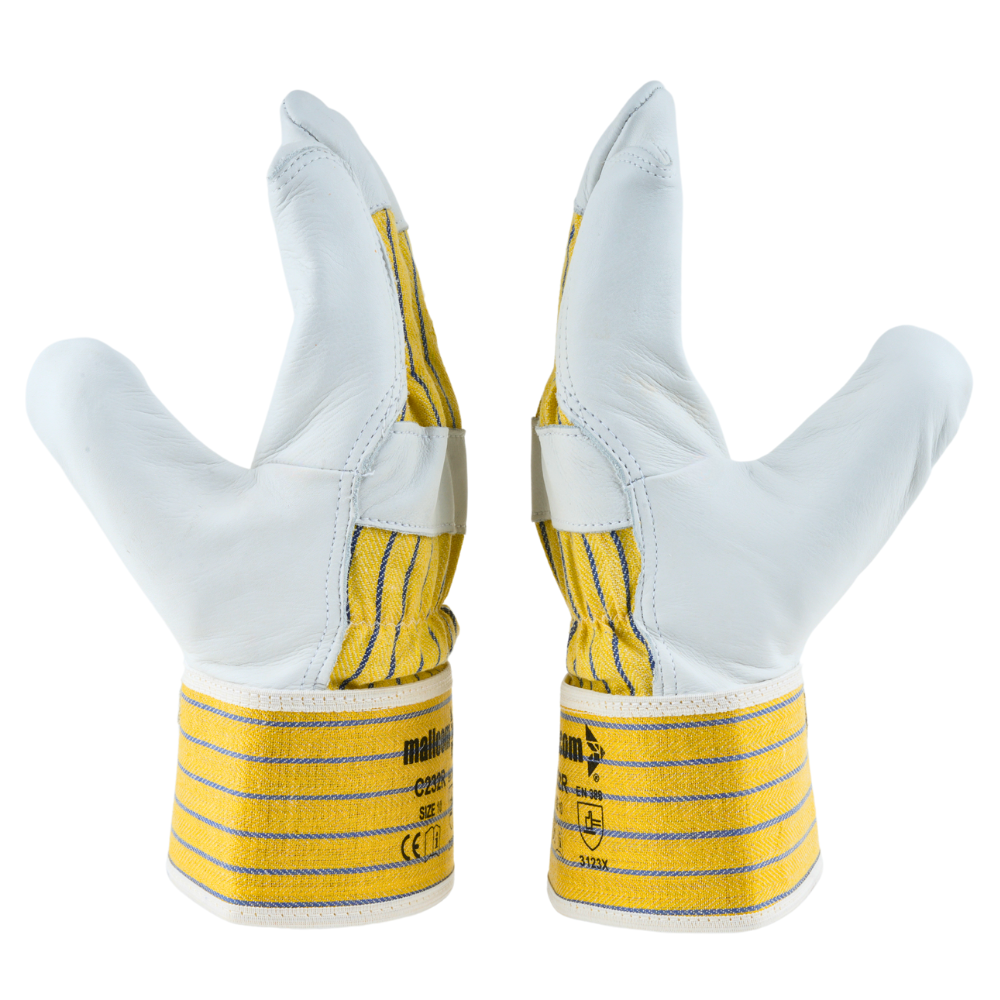
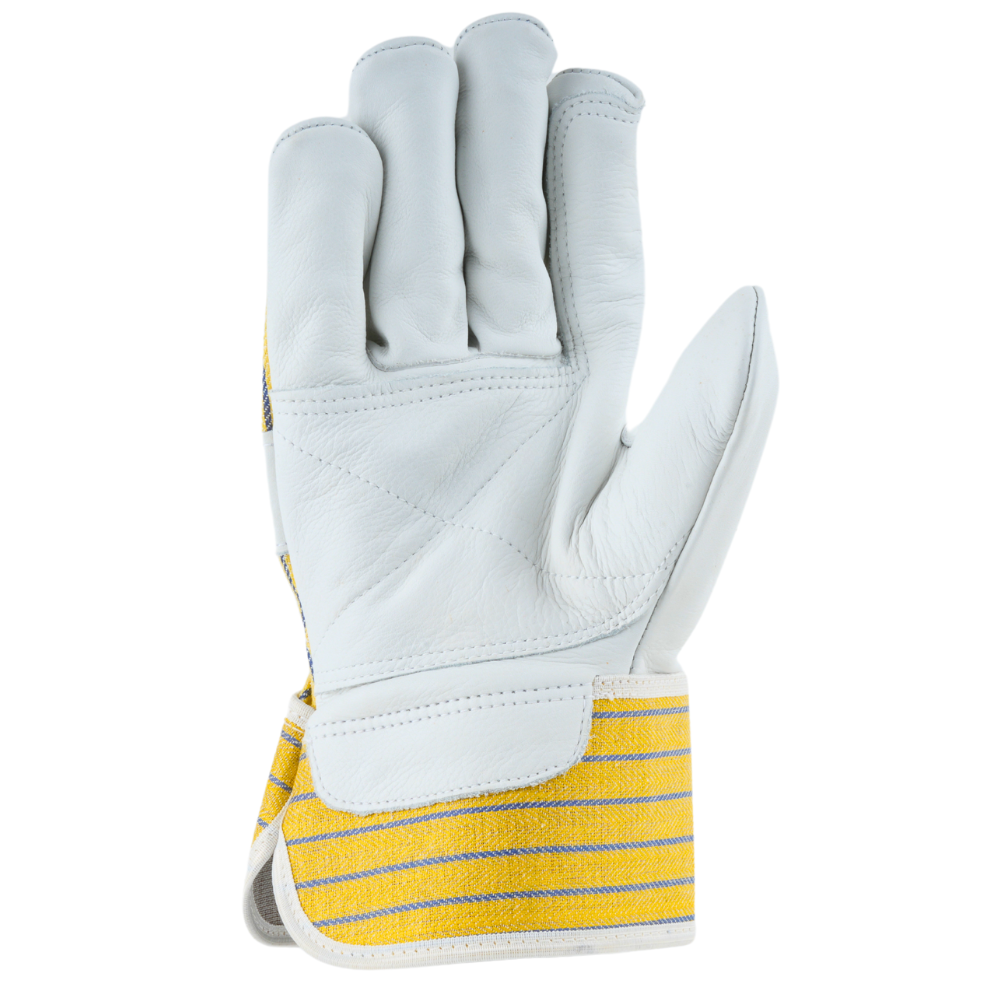
ABOUT THE DESIGN
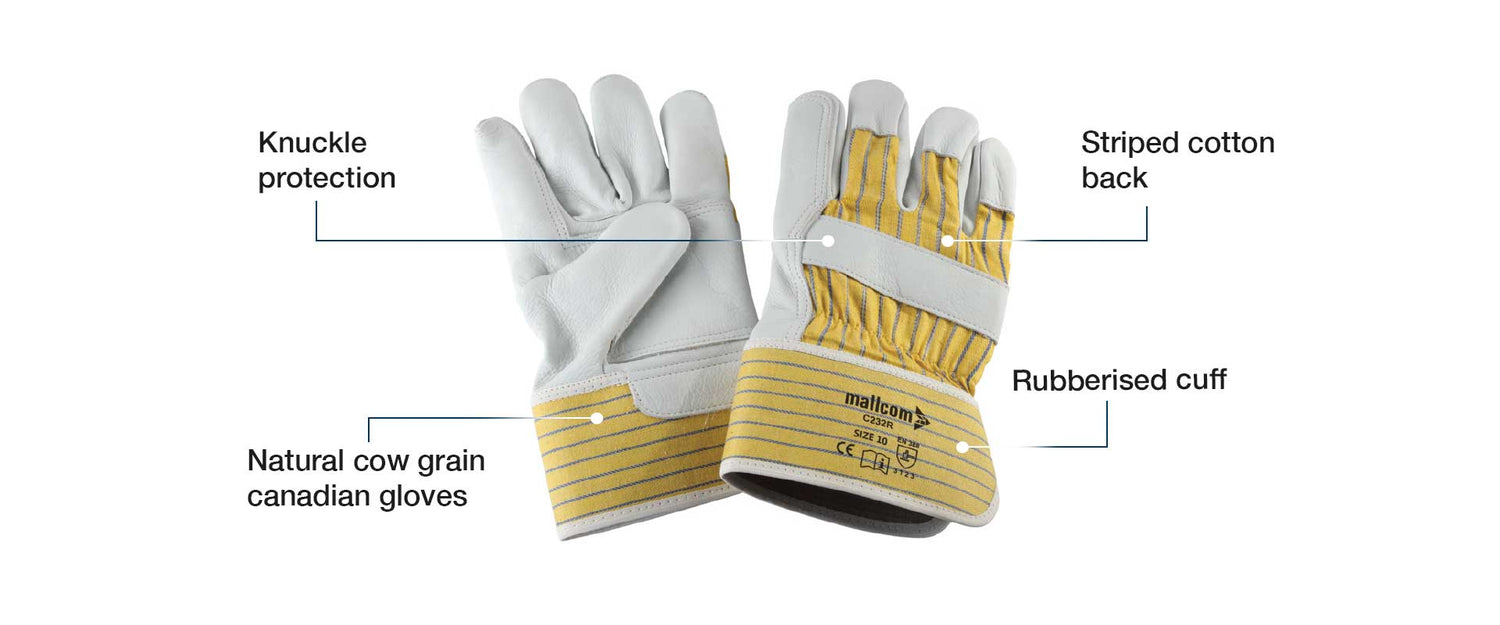
USEFUL IN THESE INDUSTRIES
AUTOMOBILE
CONSTRUCTION
MATERIAL HANDLING
REPAIR & MAINTANENCE

Product Features
ABOUT THE DESIGN
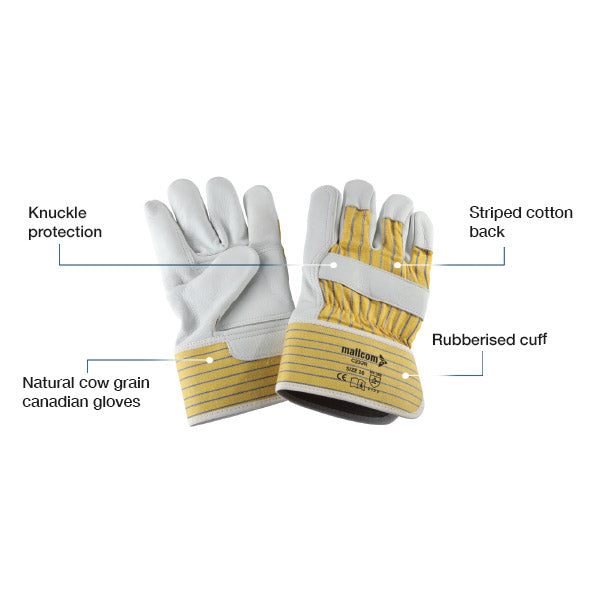
USEFUL IN THESE INDUSTRIES
AUTOMOBILE
CONSTRUCTION
MATERIAL HANDLING
REPAIR & MAINTANENCE
Product Details
